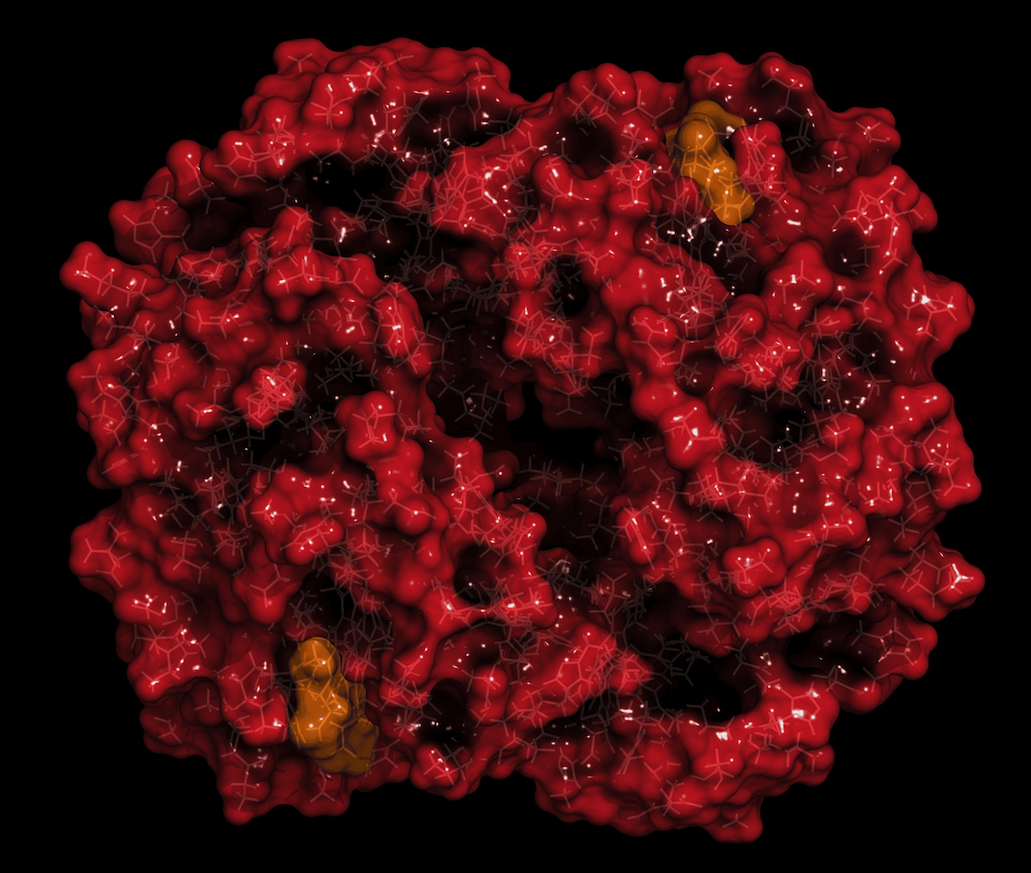A fast path to useful, error-corrected quantum computing
Based on photons — single particles of light.
Leveraging existing semiconductor manufacturing, packaging and high-power cryogenic cooling technology.
Current quantum computers

Useful quantum computers
- Must be fault-tolerant and fully error-corrected
- Capable of running known, classically intractable, useful algorithms
- Will require advances in architecture, networking, modularity & control electronics 3

Wafer
Photonic components, including single photon sources, single-photon detectors, and an ultra-high-performance optical switch, are fabricated in a high-volume semiconductor foundry on standard silicon wafers.
Photonic qubits avoid exotic materials and manufacturing processes and are able to leverage the existing reliability, volume and precision of standard semiconductor manufacturing processes.
Chip
Photonic qubits are implemented by repurposing integrated photonics technology, originally developed for telecom and datacenter networking applications.
Entangled states — specially designed to implement quantum error-correcting codes — are created and measured using fusion gates.
Nondeterministic photon sources and gate operations are made scalable via a combination of multiplexing and loss-tolerant error correcting codes

Package
Photonic chips are integrated with cryogenic control electronics into a manufacturable package.
Despite the fact that some of these packages must be operated at cryogenic temperature, we are able to predominantly use conventional technologies — PCBs, copper heat sinks and bump bonding. As a result, PsiQuantum can leverage conventional contract manufacturing to build large numbers of packages quickly.
Photonic qubits can be networked and modularized using standard optical fiber, without transduction — a huge advantage at scale.

Cabinet
Photonic qubits do not feel heat, do not decohere and can be operated at high fidelity at room temperature.
While the superconducting detectors needed for high-efficiency readout of photonic qubits do require cryogenic cooling, they operate at ~4K, relative to ~10mK (e.g. superconducting qubits).
PsiQuantum is building and testing cryogenic cabinets with thousands of times more cooling power than the largest dilution refrigerators ever built or operated. 7 Because of the higher operating temperature of photonic qubits, these cryostats can also be surprisingly simple and can be built using existing cryogenic technology.






Compute site
Most architectures for quantum computing will require a datacenter-like facility in order to deliver enough qubits for commercially useful applications.
PsiQuantum is partnered with both Daresbury SFTC in the UK and the SLAC National Accelerator Laboratory in California to validate intermediate-scale systems of networked cabinets.
In 2024, PsiQuantum announced two landmark partnerships with the Australian Federal and Queensland State governments, as well as the State of Illinois and the City of Chicago, to build its first utility-scale quantum computers in Brisbane and Chicago. Recognizing quantum as a sovereign capability, these partnerships underscore the urgency and race towards building million-qubit systems. In 2025, PsiQuantum will break ground on Quantum Compute Centers at both sites, where the first utility-scale, million-qubit systems will be deployed..

Software
Our software enables programming quantum computers using a familiar language: Python. It affords programmers the ability to specify algorithms at a high level using contemporary primitives such as quantum signal processing, qubitization and block encoding, and automates the compilation to individual gate operations.
We have a growing library of over 50 proven quantum algorithms and subroutines that are callable by any application, reducing development time and improving the quality of domain-specific applications.
While we have a very fast qubit simulator, our main emphasis is optimization of resource requirements for fault-tolerant implementation of quantum algorithms.
We are working with partners from industry, academia and government to develop and optimize quantum algorithms for a broad range of valuable applications.
- Google Quantum AI Lab, arXiv:2304.11119
- Quantum Computing, Progress and Prospects, National Academies of Science Engineering and Medicine, 2019
- Except quantum dots, which can achieve sufficient qubit density
- PsiQuantum and GlobalFoundries to Build the World’s First Full-scale Quantum Computer, 2021
- Quantum state tomography of a dual-rail photonic qubit with on-chip single photon sources and superconducting detectors. No multiplexing.
- Bell state projection. No multiplexing.
- Colossus, ~1mW @ 10mK
- Via active volume



